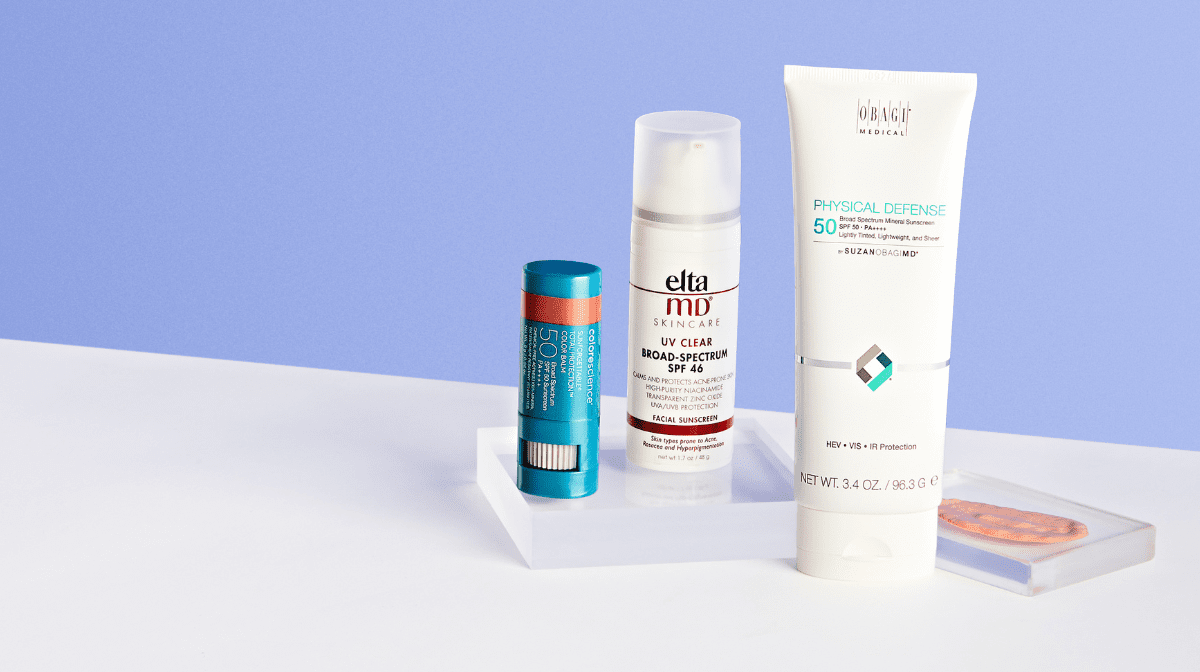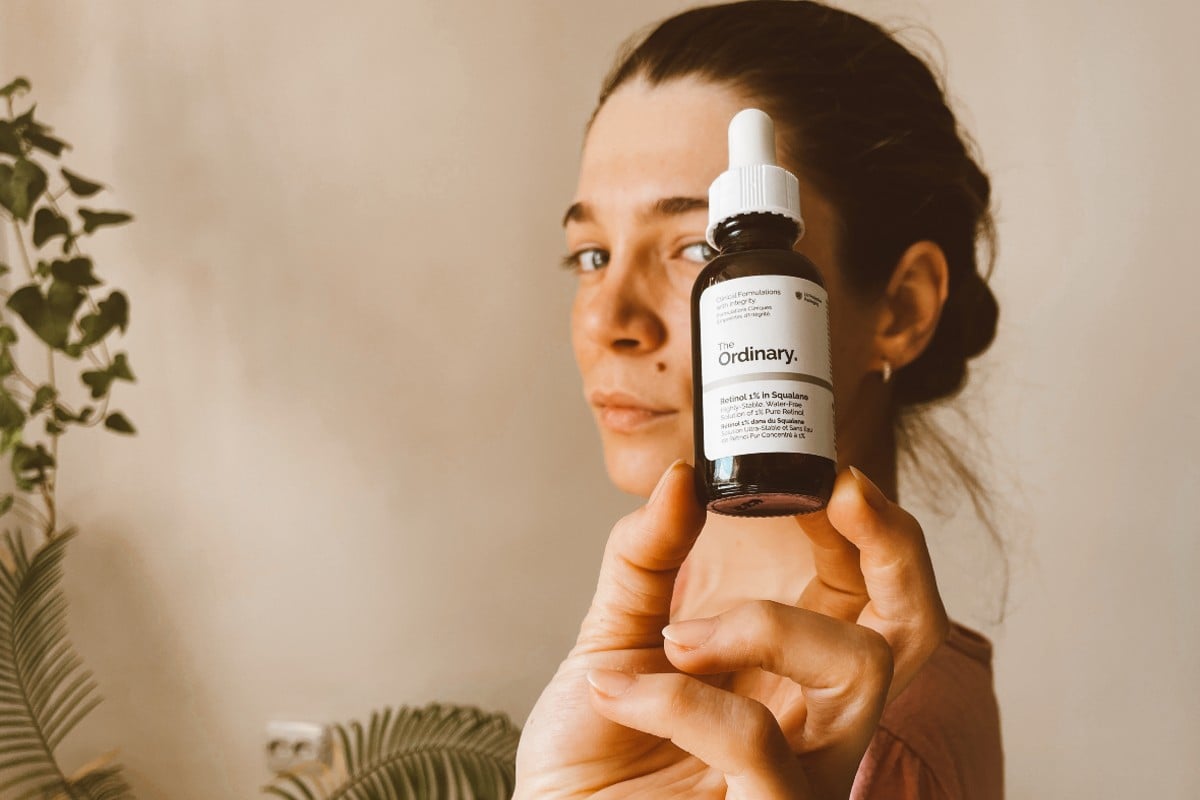Table of Contents
Ever looked out the window to a cloud-covered sky and assumed it’s OK to skip the sunscreen? Guilty of only slathering on the SPF at the beach? Before you turn to your trusty retinols and expensive moisturizers for all the wrinkle-busting action, applying a daily sunscreen could be just the step your anti-aging regime is missing.
Providing a plethora of preventative and protective measures against UV rays, wearing SPF every day is clinically proven to slow down the premature aging process and keep us looking more youthful. It is also important to protect us against more dangerous complications, like skin cancer, sun burn and skin sensitivities.
Table of Contents:
Why Are UV Rays So Harmful to The Skin?
UV rays are a form of ultraviolet radiation that mostly come from the sun and are invisible to the human eye. UVA rays are often associated with accelerating the skin cell’s aging process, while UVB can often cause sunburn, and in more serious cases, lead to skin cancer if overexposed without protection. Our bodies for the most part are covered by clothes, whereas the delicate skin on our faces is exposed year-round to these damaging rays (yes, even when the sun isn’t shining).
Superficially speaking, sun exposure is a well-studied culprit for depleting collagen, a vital protein that keeps our skin looking smooth and firm, alongside dilating the blood vessels to cause a red, webbed appearance (sometimes known as spider veins). It can also give the skin a pronounced orange-brown pigment (sunspots), encouraging an irregular and non-unified skin tone.
This physical and premature aging is referred to as photodamage, which can also be characterized by:
- Wrinkles
- Discoloration and blotchiness
- Loss of volume in the face
- Rough, uneven skin
So, if you want to avoid these UV-ray-induced nasties from affecting your youthful glow, but still want to enjoy the sunshine on your skin, keep reading for SkinStore’s sunscreen 101.
How Does a Sunscreen Work?
Sunscreen essentially creates a layer across the skin that blocks or absorbs the UV rays to keep the skin happy and protected. There are two types of formulas that you might have heard of – physical and chemical – that both defend from disruptive rays wreaking havoc.
Physical Sunscreens
A physical sunscreen, also known as a mineral sunscreen, works by creating a barrier between the skin and the UV rays that reflects them back out into the atmosphere. These will often feature mineral actives such as titanium dioxide or zinc oxide.
Chemical Sunscreens
A chemical sunscreen contains active ingredients that help to absorb the UV rays into the skin, inactivating and converting them into heat. These will often include compounds such as oxybenzone and octinoxate.
Both types work equally as well to defend the skin, meaning there are no right or wrongs when choosing between the two.
What Makes a Good Sunscreen for Anti-Aging?
To protect your skin from both UVA and UVB rays, a broad-spectrum sun lotion is necessary. The best sunscreens for anti-aging will have a Sun Protection Factor (SPF) of 30+ and will need to be applied every day for a wrinkle-free face. Pesky UVA rays can penetrate our windows, meaning that even on days spent at home, sunscreen is still an AM non-negotiable.
Top Sunscreen Tips:
- It’s never too late to start wearing a sun cream. Even people with previously sun damaged skin can see an improvement on the visible signs of aging.
- Find a sunscreen that works for you. Whether you’re blemish-prone, oily, or dry, pick a skin-suited formula like you would the rest of your products.
- Remember to apply to the neck and chest (if skin is showing).
- Always apply sunscreen last in your morning routine to ensure it can perform optimally (don’t worry, you can still layer makeup over SPF, and it’ll work just as well!).
- Reapply often, every 80 minutes or so if you are out in the sun and especially after swimming or perspiring.
The Editor’s Picks:
Applying any sunscreen is better than none, but as a product you’ll be putting on your face every day, it’s important that it’s one you love. Here is a few of our favourites to help get you started:







